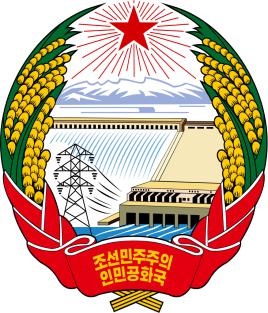

The Democratic People's Republic of Korea is a socialist country located in the north of the Korean Peninsula in East Asia (Abbreviation: DPRK). The Korean labor party is the ruling party of the Democratic People's Republic of Korea. In the south, it is separated from South Korea by the Korean demilitarized zone along the 38th line, bordered on China and Russia in the north, the Yellow Sea in the west, Shandong Peninsula across the sea, and the sea of Japan in the East. The capital is Pyongyang.
In 1958, the Democratic People's Republic of Korea announced the completion of the socialist transformation of urban and rural production relations and the establishment of a socialist economic system. In 1970, socialist industrialization was announced. In May 1975, it became an official member of the “Group of 77” and formally joined the Non-Aligned Movement in August of the same year. It joined the United Nations with South Korea on September 17, 1991. In July 2000, he joined the ASEAN Regional Forum (ARF). It has established diplomatic relations with 163 countries (including the European Union).
Korea has a Temperate East Asian monsoon climate. It is warm and rainy in summer and cold and dry in winter, the annual average temperature is 8-12 °C and the annual average precipitation is 1000-1200 mm. The rainfall from June to September is 70% of the whole year. The average annual precipitation is about 1500 mm, and the precipitation gradually decreases from south to north. The average temperature in winter is below zero. August is the hottest month in summer, and the temperature is 25 ℃. It is vulnerable to typhoons in April and early summer with ice age.
